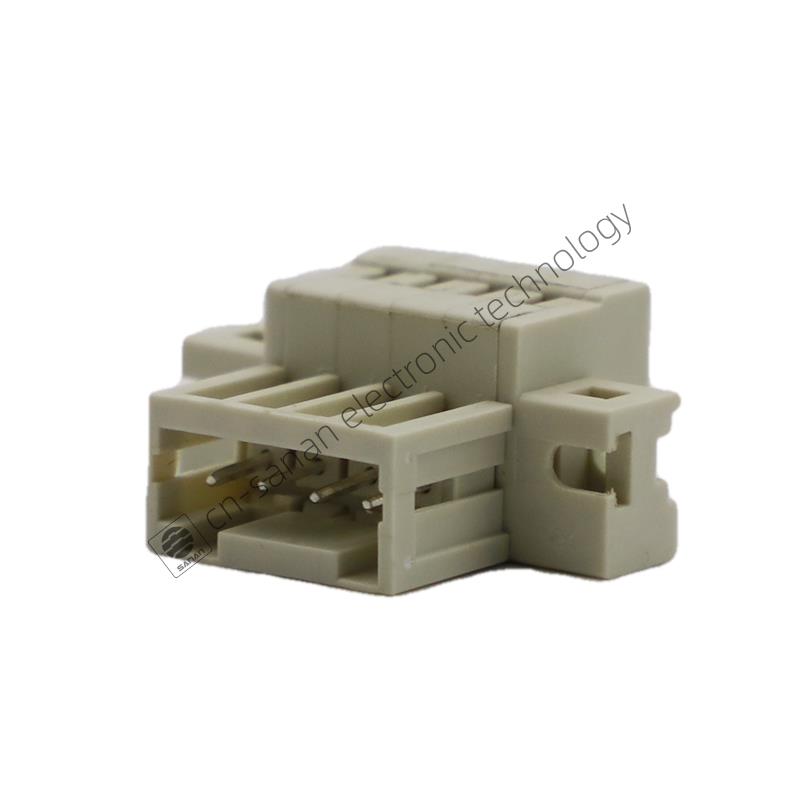Barrier Terminal Block
2024-08-26A barrier terminal block is a device used for electrical connections, typically employed to secure wires onto circuit boards or equipment. It is commonly used in control systems for industrial automation, in power distribution and control cabinets, in substations, switchgear, and distribution boxes within power systems, in building control systems within electrical installations, and in signaling control systems and railway electrification systems within railway and transportation systems.

Barrier terminal blocks have several key features that make them suitable for various electrical connection applications:
High Safety
Physical Isolation: The barrier design provides physical isolation between each connection point, preventing accidental short circuits between adjacent terminals. This is particularly important in high-density wiring scenarios.
Shock Protection: The barrier helps prevent accidental contact with live parts, reducing the risk of electrical shock for users or maintenance personnel.
Reliable Connections
Secure Wire Connection: Typically, barrier terminal blocks use screws or spring clamps to securely fix the wire in place, ensuring that the connection is stable and resistant to mechanical stress and vibrations.
High Conductivity Materials: They are usually made from materials with high electrical conductivity (such as copper or tinned copper), ensuring good electrical contact, low contact resistance, and minimal energy loss.
Wide Range of Applications
Various Sizes and Specifications: They are available in a wide range of voltage and current ratings, making them suitable for applications ranging from low-voltage control circuits to high-power systems.
Compatibility with Different Wire Types: They can accommodate various types of wires, including single-strand and multi-strand wires, offering flexibility in wiring options.
These features make barrier terminal blocks an ideal choice for applications requiring secure, reliable, and organized electrical connections, particularly in environments where safety and durability are paramount.




